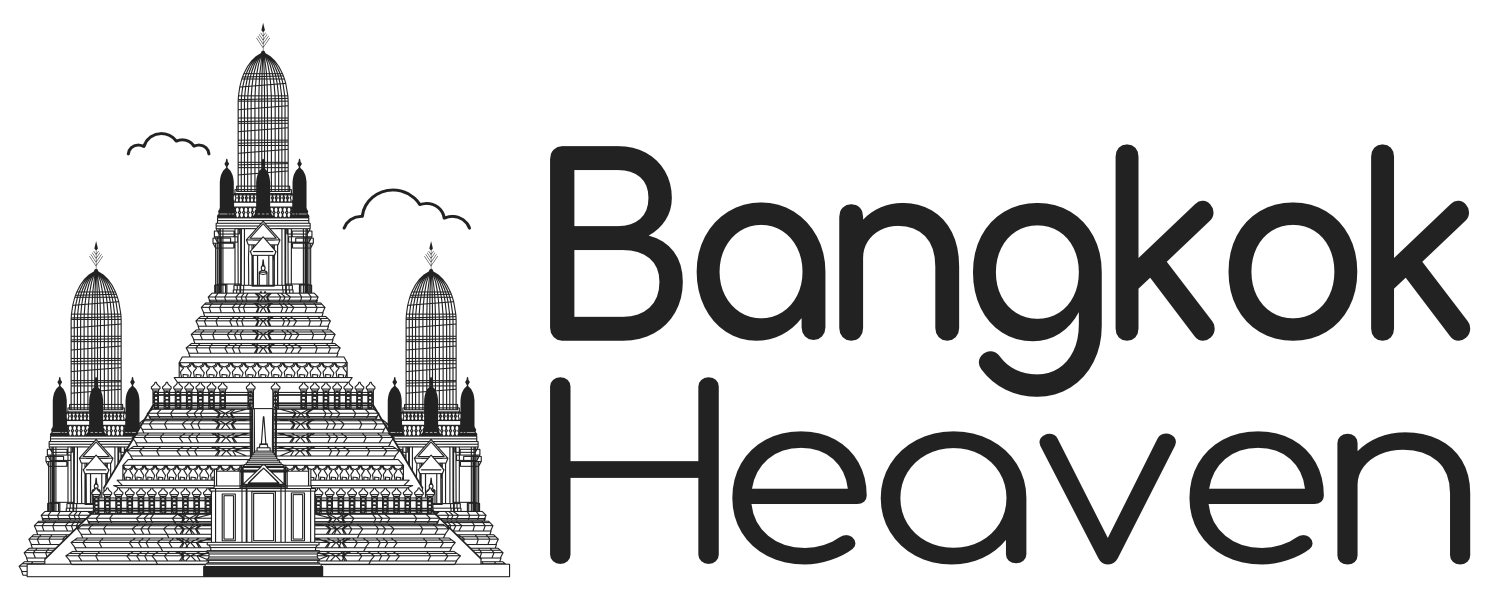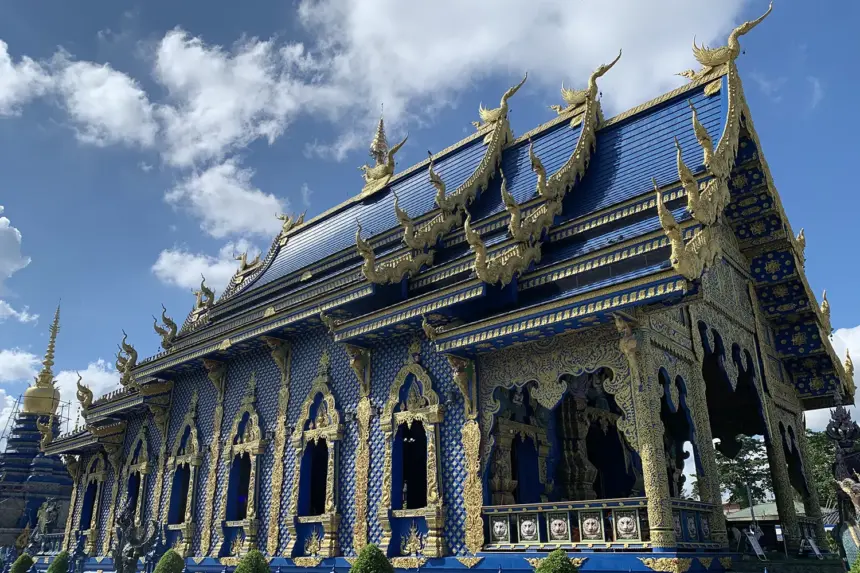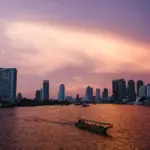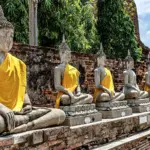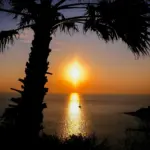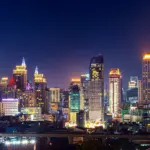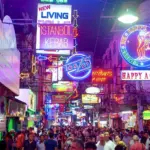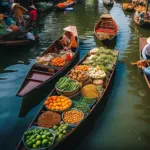Chiang Rai Blue Temple – Wat Rong Suea Ten: A Mesmerizing Masterpiece
Nestled in the serene landscapes of northern Thailand, Chiang Rai is a city renowned for its stunning temples, rich cultural heritage, and artistic creativity. Among its many attractions, the Blue Temple (Wat Rong Suea Ten) stands out as a mesmerizing masterpiece that captivates visitors with its vibrant hues and intricate designs. As one of the newest and most unique temples in Thailand, the Blue Temple has quickly become a must-visit destination for travelers seeking beauty, spirituality, and artistic inspiration. In this article, we’ll explore the history, architecture, and significance of Wat Rong Suea Ten, and why it deserves a spot on your travel itinerary.
- Chiang Rai Blue Temple – Wat Rong Suea Ten: A Mesmerizing Masterpiece
The History of Wat Rong Suea Ten
The Blue Temple, or Wat Rong Suea Ten, is a relatively new addition to Chiang Rai’s temple scene. Its construction began in 2005 and was completed in 2016, making it one of the most modern temples in Thailand. The temple was built on the site of an abandoned temple that had fallen into disrepair. The name “Rong Suea Ten” translates to “House of the Dancing Tiger,” a reference to the tigers that once roamed the area and the temple’s historical connection to a local community that practiced traditional dance.
The Blue Temple was designed by Putha Kabkaew, a local artist and protégé of Chalermchai Kositpipat, the renowned creator of the White Temple (Wat Rong Khun). Inspired by his mentor’s work, Kabkaew sought to create a temple that would not only serve as a place of worship but also as a work of art that reflects the spiritual and cultural identity of Chiang Rai.
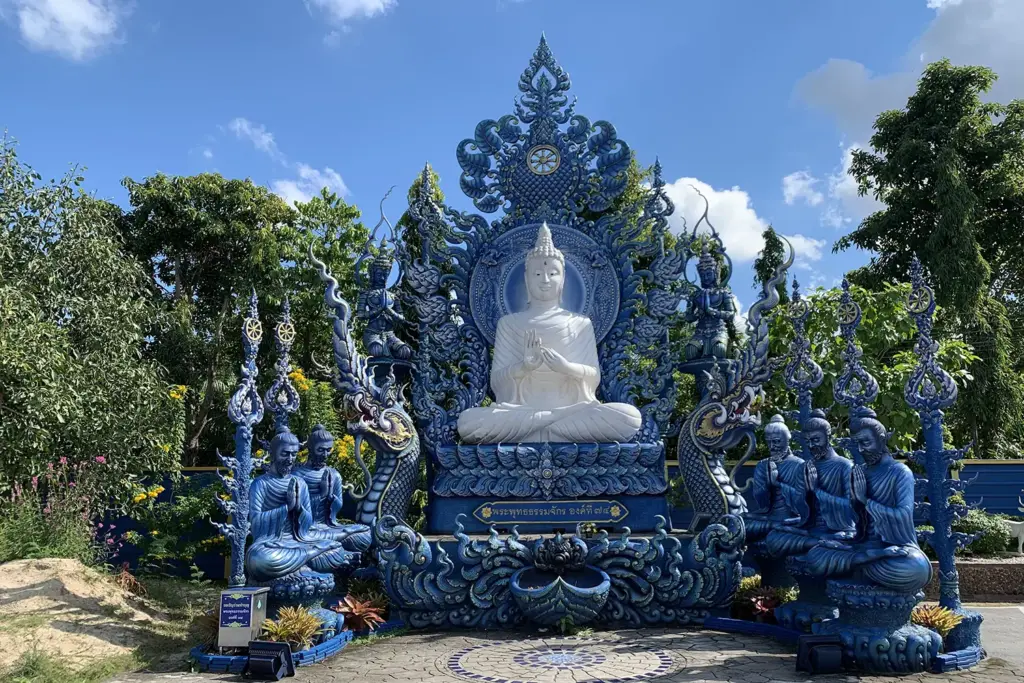
The Architecture and Design of the Blue Temple
What sets Wat Rong Suea Ten apart from other temples in Thailand is its striking use of color and intricate detailing. The temple’s exterior and interior are adorned in shades of blue and gold, creating a surreal and otherworldly atmosphere. Here’s a closer look at the architectural and artistic elements that make the Blue Temple so unique:
1. The Exterior
The temple’s exterior is a sight to behold. The main building is painted in a vivid shade of sapphire blue, symbolizing the purity and wisdom of the Buddha. The intricate carvings and patterns on the walls and roof are accented with gold, creating a stunning contrast that catches the eye. Flanking the entrance are two majestic Naga serpents, their scales shimmering in silver and blue, guarding the temple and symbolizing protection and power.
2. The Interior
Step inside the Blue Temple, and you’ll be greeted by a breathtaking sight. The walls and ceiling are covered in elaborate murals depicting scenes from Buddhist mythology and the life of the Buddha. These murals are rendered in shades of blue, gold, and white, creating a harmonious and ethereal ambiance. The centerpiece of the interior is a magnificent white Buddha statue, seated in a meditative pose and exuding a sense of peace and tranquility. The statue is illuminated by natural light streaming through stained glass windows, adding to the temple’s mystical aura.
3. The Surrounding Grounds
The Blue Temple complex is more than just the main building. The surrounding grounds are equally enchanting, featuring beautifully landscaped gardens, smaller shrines, and statues of mythical creatures. The tranquil atmosphere makes it an ideal place for meditation and reflection.
The Symbolism of the Blue Temple
Every aspect of Wat Rong Suea Ten is imbued with deep spiritual and cultural symbolism. The use of blue, for instance, represents the Buddha’s wisdom and the infinite nature of the Dharma (Buddhist teachings). The gold accents symbolize enlightenment and the purity of the Buddha’s mind. The murals and carvings tell stories from Buddhist scriptures, offering visitors a visual narrative of the Buddha’s journey and teachings.
The temple’s design also reflects the fusion of traditional Thai architecture with contemporary artistic influences. This blend of old and new is a testament to the evolving nature of Thai culture and its ability to adapt while preserving its rich heritage.
Visiting the Blue Temple: What to Expect
A visit to Wat Rong Suea Ten is a feast for the senses. Here’s what you can expect when you explore this stunning temple:
1. Dress Code
As with all temples in Thailand, visitors are expected to dress modestly. This means covering your shoulders and knees. Sarongs and shawls are often available for rent at the entrance if needed.
2. Best Time to Visit
The Blue Temple is open daily from 7:00 AM to 8:00 PM. To avoid the crowds and enjoy the temple in a more peaceful setting, consider visiting early in the morning or late in the afternoon. The temple is particularly magical at sunset when the soft light enhances its vibrant colors.
3. Photography
Photography is allowed inside the temple, making it a paradise for photographers and Instagram enthusiasts. However, be respectful and avoid using flash or disturbing other visitors.
4. Nearby Attractions
Chiang Rai is home to several other iconic temples, including the White Temple (Wat Rong Khun) and the Black House (Baan Dam). Combining a visit to the Blue Temple with these other attractions makes for a fulfilling day of exploration.
Why the Blue Temple is a Must-Visit Destination
The Blue Temple is more than just a religious site; it’s a testament to the creativity and spiritual devotion of the Thai people. Here are a few reasons why it should be on your travel bucket list:
- Unique Aesthetic: Unlike any other temple in Thailand, the Blue Temple’s vibrant colors and intricate designs make it a visual masterpiece.
- Cultural Insight: The temple offers a glimpse into Buddhist teachings and Thai artistic traditions.
- Tranquil Atmosphere: Despite its growing popularity, the Blue Temple retains a sense of serenity that allows visitors to connect with their spiritual side.
- Photographic Opportunities: The temple’s stunning architecture and vibrant colors make it a photographer’s dream.
How to Get to Wat Rong Suea Ten
The Blue Temple is located about 4 kilometers from the center of Chiang Rai. It’s easily accessible by tuk-tuk, taxi, or rented scooter. If you’re staying in the city, most hotels and guesthouses can arrange transportation for you.
Tips for Visiting the Blue Temple
- Respect Local Customs: Remember to remove your shoes before entering the temple and avoid pointing your feet at the Buddha statue.
- Stay Hydrated: Chiang Rai can get quite hot, so bring water and wear sunscreen.
- Support Local Artisans: Consider purchasing souvenirs from the local vendors near the temple to support the community.
Conclusion
Wat Rong Suea Ten, the Blue Temple of Chiang Rai, is a true gem that showcases the beauty and spirituality of Thai culture. Its stunning architecture, vibrant colors, and serene atmosphere make it a must-visit destination for anyone traveling to northern Thailand. Whether you’re a spiritual seeker, an art enthusiast, or simply a curious traveler, the Blue Temple offers an unforgettable experience that will leave you in awe. As you plan your trip to Chiang Rai, be sure to include Wat Rong Suea Ten on your itinerary and immerse yourself in the magic of this extraordinary temple.
